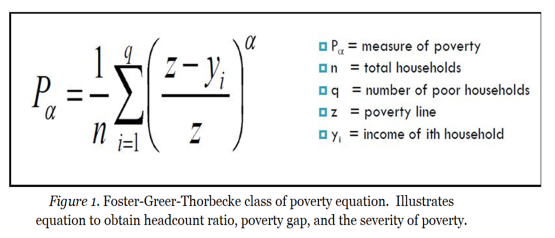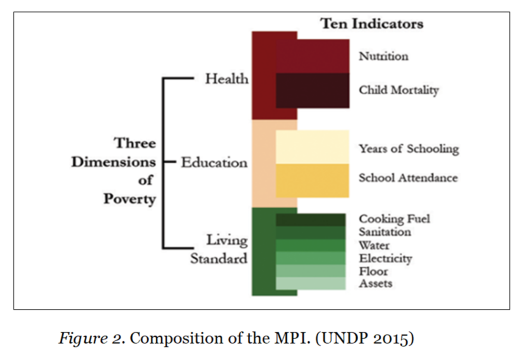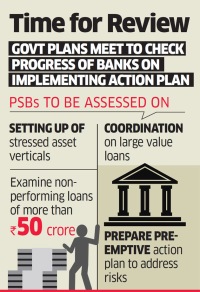ARTICLE LINK
http://allafrica.com/stories/201711060096.htm
“Zimbabwe: Farmers Fail to Repay Command Agriculture Loans.” AllAfrica, NewZimbabwe, 3 Nov. 2018, allafrica.com/stories/201711060096.htm.
SUMMARY
The Zimbabwe government implemented a program called the Command Agriculture Programme that grants beneficiaries inputs, irrigation and mechanical equipment to harvest. Beneficiary farmers must plant and grow the maize themselves, and in return they bring their harvested maize to the Grain Marketing Board. When it came time for farmers to deliver their maize, many reported various reasons as to why they couldn’t: loss of crops due to weather, loss of crops due to fire, lack of rain or that they are still harvesting the maize. What Agritex, a company who “generates, provides and promotes agricultural programs”, discovered, was that farmers were actually selling their harvested maize to middlemen (MOA). These middlemen were giving the farmers instant cash, and turned around and sold the maize back to the Grain Marketing Board. This essentially means that the Grain Marketing Board was losing money. According to Agritex, only $60m of the $500m loaned was returned (All Africa).
The Zimbabwe government is now forced to create new requirements for the agriculture program due to the unpaid loans and trying to prevent this from happening repeatedly. These new requirements mean that inputs are only going to be given to farmers who have repaid their previous loans and farmers that are participating in this program for the first time.
President Mnangagwa believes that the program’s dismay was due to G40 (Generation 40), a “cabal of the younger, more educated generation”. He stated “Following the resounding success of the Command Agriculture Programme, its detractors moved in and threw spanners in the works. They delayed in securing inputs, but from now onwards rest be assured that all inputs will be availed on time.” (Herald).
ANALYSIS
While this can be attributed to many other issues, such as theft of inputs by both farmers and government officials, late distributions and non-delivery of inputs to the farmers, and disagreements inside the government of how to execute the program, the key issue at hand here is ex-post moral hazard.
Merriam-Webster defines ex-post as a Latin term for “from a thing done afterward” and moral hazard as “the possibility of loss to an insurance company or arising from the character or circumstances of the insured”. In this example, ex-post moral hazard is being displayed when the farmers are successful in growing the maize, and then lies about it to the government in order to cheat the system.
The Grain Marketing Board lends the inputs, equipment and irrigation to beneficiaries with the intention of buying their harvested crop at a lower price than market price. They do this instead of charging an interest rate to the farmers. Selling their harvested maize to the GMB for a lower price than market is the cost farmers must incur. However, farmers are skipping this part of the program and using middlemen to get instant cash and cheat the system.
STRATEGIES
The article itself introduces the new requirements: only people who have never participated in the program and farmers who have previously repaid can join in. In addition to this, the program could take other measures, such as provide additional incentives, or have a monitoring program that catches and punishes the deceitful beneficiaries.
Incentives
Now that the program has announced the restrictions, they are basically using the desire to re-enroll in this program as an incentive. If you want to continue receiving the benefits of the program, you must repay your loan. But this is only an incentive if the farmer does want to rejoin the program, they still have the freedom to be a first time participant and sell to middlemen. Other incentives would work if the program provided the incentives after the farmer has sold their maize to the Grain Market Board. The farmers are selling their maize because they are getting a better deal, so the goal of the incentive must be to provide a better benefit than that of being deceitful. Tax exemptions can be a crucial way for governments to promote economic development strategies (Francis, 2016).
Monitoring programs/ punishment
In order for a monitoring program and punishment system to work, the monitoring program must cost the Grain Marketing Board less than the cost of their loss from the deceitful farmers and the punishment system must make farmer’s losses smaller than if they got away with the cheating. With ex post moral hazard, the monitoring program must be efficient, reliable and cheap. The monitoring program must find the optimal fine in which controls the ex post moral hazard (Puelz and Snow, 1997).
In order to do so, our in-class analysis looks at the math behind this.
-Farmer begins with wealth
-Farmer succeeds (y) with probability (p), fails (0) with probability (1-p)
-When the project succeeds, farmer repays (r), i.e. sells maize back to GMB, and if it fails, pays back (0)
-If farmer cheats, he is caught and loses with probability (s)
-GMB can monitor with monitoring cost (m) and the truth about the farmer is uncovered with probability (s)
-If farmer is caught cheating, he must pay back (r) as well as punishment (d)
From all of this, we understand that in order for GMB to monitor, m < rsp, i.e. the cost of monitoring should be less than the interest rate times the probability of uncovering the truth times the probability the farmer was successful in the first place. Also, d > (r(1-s)/s), i.e. the punishment (d) must be greater than the interest rate times the probability he is not caught divided by the probability he is caught.
Overall, President Mnangagwa has the right idea, and is moving both the Command Agriculture Programme and Zimbabwe in the right direction of economic success, but analyzing the cost and benefits of incentives and a monitoring/punishment program could further the success.
WORKS CITED, REFERENCES
http://www.moa.gov.zw/index.php/programmes/
“Programmes.” Ministry of Lands Agriculture Rural Resettlement, http://www.moa.gov.zw/index.php/programmes/.
https://www.herald.co.zw/zim-attracts-3bn-fdi-in-7-weeks-ed/
Herald. “Zim Attracts $3bn FDI in 7 Weeks: ED.” The Herald, The Herald, 8 Feb. 2018, http://www.herald.co.zw/zim-attracts-3bn-fdi-in-7-weeks-ed/.
https://fee.org/articles/middlemen-and-markets/
Davies, Stephen. “Middlemen and Markets.” FEE, Foundation for Economic Education, 30 May 2012, fee.org/articles/middlemen-and-markets/.
http://www.moa.gov.zw/index.php/departments/
“Departments.” Ministry of Lands Agriculture Rural Resettlement, http://www.moa.gov.zw/index.php/departments/.
https://www.merriam-webster.com/dictionary/ex%20post%20facto
“Ex Post Facto.” Merriam-Webster, Merriam-Webster, http://www.merriam-webster.com/dictionary/ex%20post%20facto.
https://www.merriam-webster.com/dictionary/moral%20hazard
“Moral Hazard.” Merriam-Webster, Merriam-Webster, http://www.merriam-webster.com/dictionary/moral%20hazard.
https://www.jstor.org/stable/pdf/41760849.pdf?refreqid=excelsior%3Ae27fc1da7e6d25c0b2f8d23760657878
Puelz, Robert, and Arthur Snow. “Optimal Incentive Contracting with Ex Ante and Ex Post Moral Hazards.” JSTOR, Springer, Mar. 1997, http://www.jstor.org/stable/pdf/41760849.pdf?refreqid=excelsior%3Ae27fc1da7e6d25c0b2f8d23760657878.
https://www.urban.org/research/publication/state-tax-incentives-economic-development
Francis, Norton. “State Tax Incentives for Economic Development.” Urban Institute, 1 Feb. 2017, http://www.urban.org/research/publication/state-tax-incentives-economic-development.
https://www.federalreserve.gov/pubs/bulletin/2008/articles/econdevelopment/default.htm
Gorin, Dan. “Economic Development Incentives: Research Approaches and Current Views.” FRB: IFDP Notes: The Effects of Demographic Change on GDP Growth in OECD Economies, Board of Governors of the Federal Reserve System (U.S.), 2007, http://www.federalreserve.gov/pubs/bulletin/2008/articles/econdevelopment/default.htm.













 are not paying back the money they have borrowed. According to CRISIL’s senior director, Krishnan Sitaraman, lower delinquencies indicates that borrowers are paying more than one installment and that existing delinquents are paying back what they owe. Having a greater payback rate is an important thing to point out. A greater payback rate signifies that more borrowers are finding successful output from their investments. Hence, successful investments can lead to greater economic development in theory.
are not paying back the money they have borrowed. According to CRISIL’s senior director, Krishnan Sitaraman, lower delinquencies indicates that borrowers are paying more than one installment and that existing delinquents are paying back what they owe. Having a greater payback rate is an important thing to point out. A greater payback rate signifies that more borrowers are finding successful output from their investments. Hence, successful investments can lead to greater economic development in theory.





